#dynamism
Explore tagged Tumblr posts
Text

GYÖRGY KEPES / "ABSTRACTION" / 1938 [gelatin silver print | 13 7/8 × 11 1/16"]
#györgy kepes#gyorgy kepes#dynamism#abstract#modern art#analog#film photography#black and white#monochrome#30s#hungarian#photography#u
203 notes
·
View notes
Text

Umberto Boccioni (Italian, 1882-1916) • Self-Portrait • 1905
Boccioni an influential Italian painter and sculptor. He helped shape the revolutionary aesthetic of the Futurism movement as one of its principal figures. Despite his short life, his approach to the dynamism of form and the deconstruction of solid mass guided artists long after his death.[4] His works are held by many public art museums, and in 1988 the Metropolitan Museum of Art in New York City organized a major retrospective of 100 pieces. – Wikipedia

Boccioni's Dynamism of a Cyclist (1913) is perhaps his best known work and an example of futurism which strived to depict speed, modern methods of transport, and the depiction of the dynamic sensation of movement.
#art#self portrait#art history#painting#umberto boccioni#futurism#dynamism#early 20th century european modernism#20th century art#modernism#artist as subject#the canvas mirror art blog#artwork#oil painting#art blogs on tumblr#art lovers on tumblr#italian artist
29 notes
·
View notes
Text

Delovith "Frisk" Seibou by @symphonysharmony
#dynamism#undertale au#dynamism au#sans#dyn sans#delovith frisk seibou#dynamism frisk#frisk#undertale#art
45 notes
·
View notes
Text
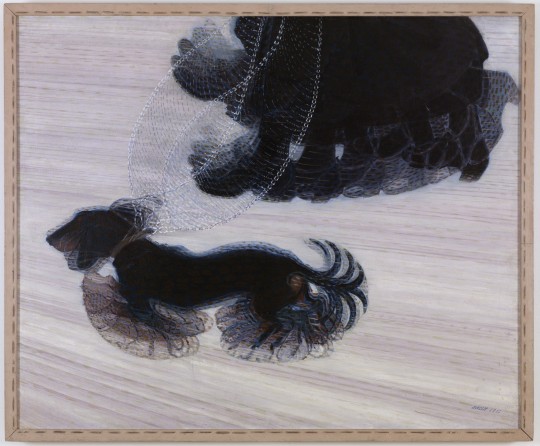
Dynamism of a Dog on a Leash, Giacomo Balla, 1912
#abstract#figuration#dog#painting#modern#italian futurism#dynamism#art#history#art history#twentieth century
20 notes
·
View notes
Text



Hey guys!
Been trying out some art studies, I realised I want my art to also be a bit more dynamic. I feel like it's stiff so I got some inspos on Pinterest, and I have to say I am quite happy with results, could use more practice, but we are getting there:)
What do you guys think?
Hope everyone is having a lovely day💕🤍
#art#sketch#digital art#fanart#art stuff#art study#dynamism#anatomy#anatomy study#inspo#artinspiration#art inspo#art style
5 notes
·
View notes
Text

The next of my little fake screencaps! This time an action scene with a classic background and two new characters - Dūz and Terri, who feature in my recently completed manuscript "River of Suffering".
#art#my art#retro art#oldschool anime#retro anime#retro#fake screencap#anime#digital art#fantasy#fantasy art#ninja#action#dynamism#cel-shading#elf#pointy ears#dūz#Gūm#shadowless#Terri#chromastery
36 notes
·
View notes
Text
Chapter 1 dropped.
Finished it in one day, kinda crazy ngl.
10 notes
·
View notes
Photo
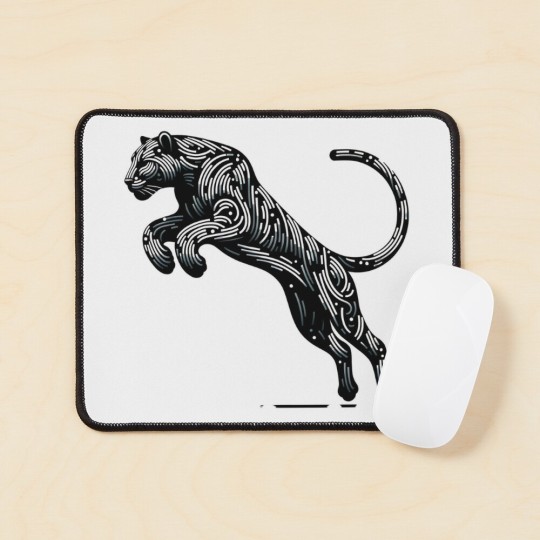


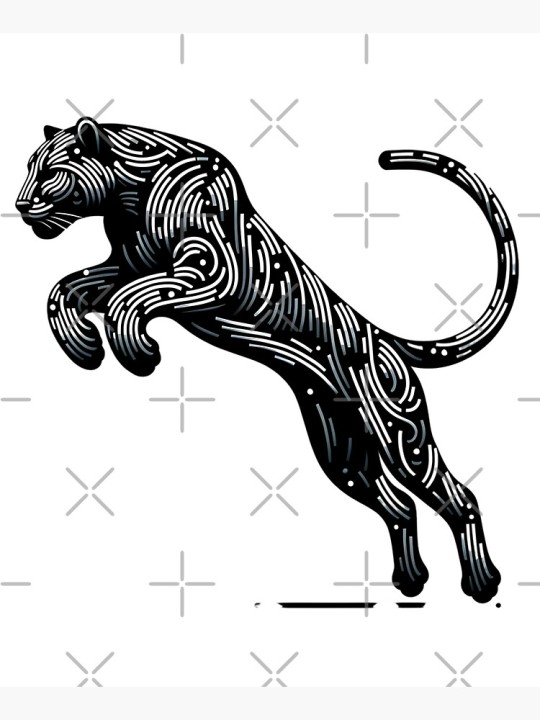

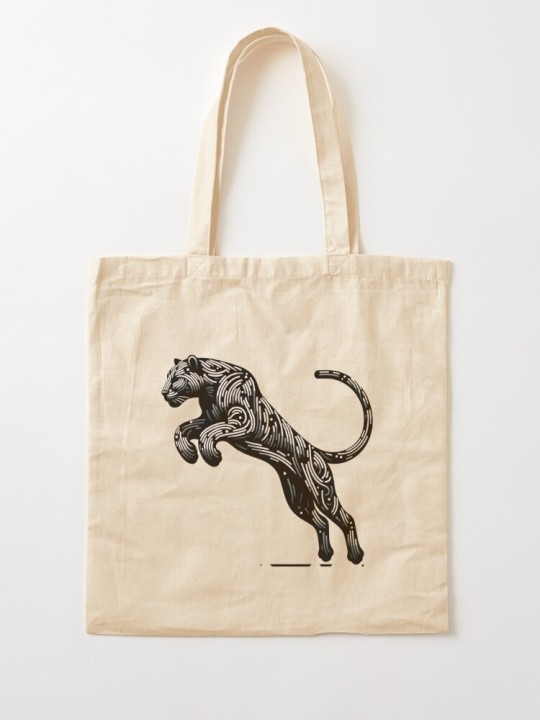




(vía Bolsa de tela con la obra «Power Explosion» de 0penvimark)
Power Explosion Explosión de Poder Description: A black jaguar in full leap, an explosion of energy and vitality. Descripción: Un jaguar negro en pleno salto, una explosión de energía y vitalidad. Design/Diseño. https://www.redbubble.com/es/shop/ap/163359576 Store/Tienda. https://www.redbubble.com/es/people/0penvimark/explore?asc=u&page=1&sortOrder=recent
#findyourthing#redbubble#black#jaguar#leap#energy#dynamism#strength#nature#wild#animal#elegant#minimalist#viral trends#trending#trend#viral#movement#negro#salto#energía#dinamismo#fuerza#naturaleza#salvaje#elegante#minimalista#tendencia#movimiento
2 notes
·
View notes
Text


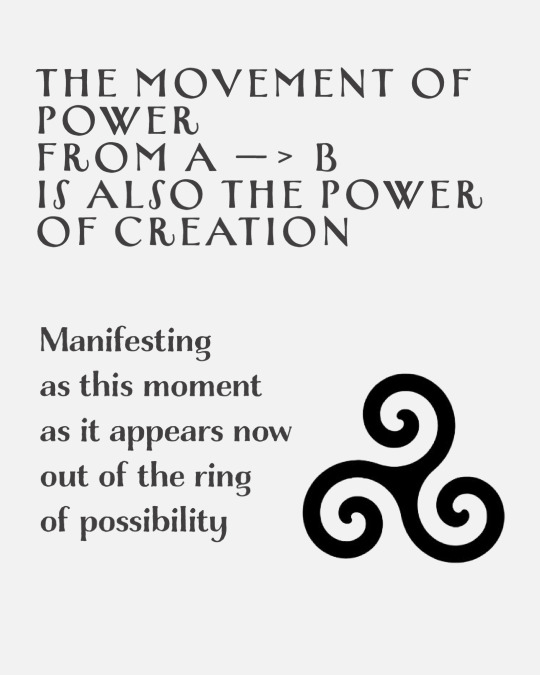
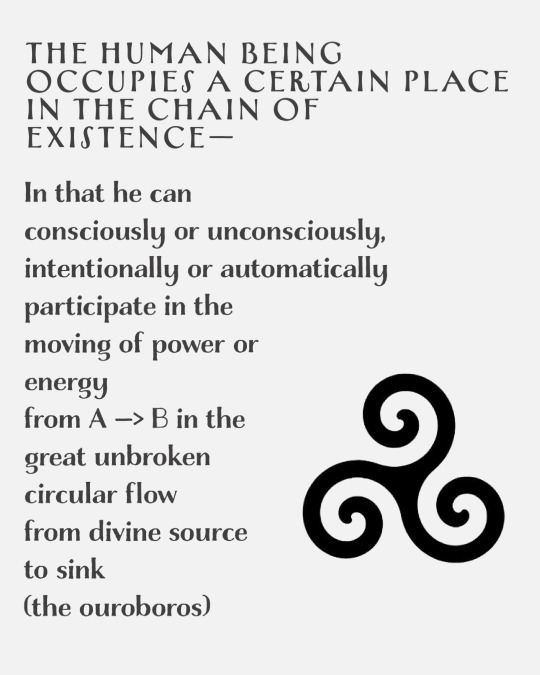


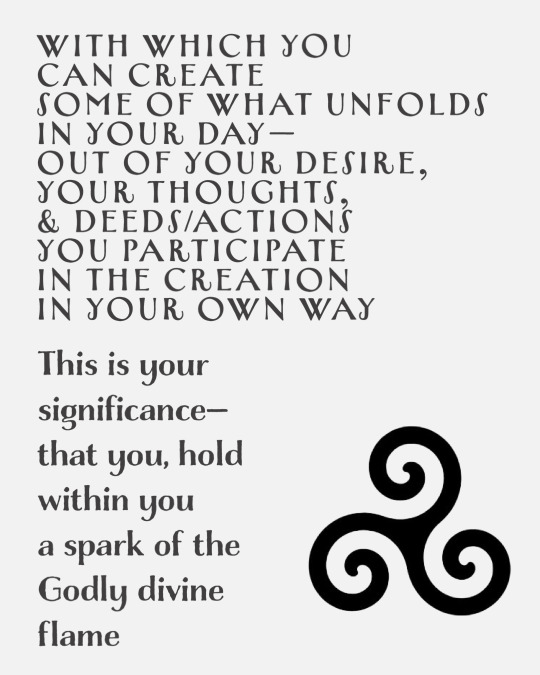
Part A on the mechanism of Iccha Shakti
Iccha Shakti is that power of existence that is true Will or desire
This is your significance-that you, as human being hold within you
a spark of the Godly creative flame
#icchashakti #divinewill #creativity #creation #desire #sankalpa #intention #resolve #resolution #power #energy #magic #shakti #maya
#iccha shakti#presence#consciousness#desire#Maya#sankalpa#awareness#spirituality#heart#divine flame#nonduality#magic#creation#creativity#intent#purpose#will#motivation#motive force#drive#impel#dynamism#selfrealization#spiritual#advaita
2 notes
·
View notes
Text



Keeping in mind that buildings are our built habitats; They would embody resilience and resourcefulness if collectively envisioned
An Academic Research Project for the Advanced Research Centre of the University of Glasgow under the Glasgow School of Arts and in association with the Centre for Sustainable Solutions of the University of Glasgow and GALLANT, by Shravya Dayaneni. Supervisor: Dr Simon Beeson
As cities grapple with environmental challenges ranging from dwindling resources to climate change, the need for sustainable socio-ecological inhabitation has never been more pressing. But what if, instead of merely sustaining, we aim to regenerate? The article highlights a comprehensive project intervention, through a collaboration with ‘the Advanced Research Center’ of the University of Glasgow. This project not only aims to address social, economic and environmental challenges but also enriches conventional retrofitting methods with a holistic solution for introducing interdependence and ecological democracy into organisational/ institutional spheres. It is possible to promote regeneration through the seamless integration of science, technology, fiscal prudence, and biomimicry with regenerative design. This paradigm shift to ‘Regerative Design’ requires us to look at buildings merely as built habitats, like a microdiverse environment or a nest that must solve for all of its needs.
Keywords: Ecological Integration, Biomimicry, Social Innovation, Symbiocene Adaptation, Ecosystem Services, Interdependence, Institutional Buildings, Regeneration, Design Thinking, Fiscal Mindfulness, Social-Identity Theory, Behavioral Modeling, Strategic Visualization, Resiliency, Dynamism, Holistic Design, Ecological-Social-Economic Convergence, Design Emergence
Regenerative Design; The most fascinating ‘Bio-reflective Design Paradigm’
Conventional views often perceive regenerative design goals as impractical or utopian. This project dispels such notions by marrying financial viability, environmental efficiency, and social well-being. It aims to reintroduce the principle of interdependence into modern structures, a concept illustrated by Martin Avila (2022) in his book ‘Designing for Interdependence - A Poetics of Relating’. Inspired by Bill Caplan's "Buildings Are for People - Human Ecological Design" (2016) has been invaluable in focusing attention on the human experience and in recognizing challenges as opportunities for creativity, rather than obstacles. Overall, the idea of interdependence and human-ecological design emphasizes the idea of collaboration, and how people and their environment are connected. It's about creating a relationship between people, their environment, and the structures created by them, and how they all interact to create a system that works for everyone. By reintroducing the concept of interdependence, the aim is to create a system that is more equitable, and that accounts for the human experience.
The Participatory Approach: Why Stakeholder Involvement is Crucial? Buildings are for people
Given the complexity of real-world challenges, a participatory approach involving diverse stakeholders ensures that the project stays grounded and effective. Initial consultations have set the stage for a long-term commitment to ‘ecological democracy’ as defined by Hester, R.T. (2006) and sustainable practices. It was important to delve deep into participatory methodologies, crafting a simulator tool (image in the next section) enriched with contextual theories like utilizing occupants’ motivations and socio-cultural relationships of users with the buildings such as ‘Social-Identity Theory’ Hogg (2006) as an opportunity to drive eco-responsible practices in our conventional built-environments.
A Versatile Tool: The Eco-systematic and Bio-mimetic Simulator
Developed through design synthesis, this tool serves as both a practical guide and a framework for understanding the larger ecological and social implications of built environments. The tool employed a unique "eco-systematic innovations deck," a curated set of cards containing innovative ecological concepts to service interventions thoroughly researched and colour-coded for different user personas, and a 'bio-mimetic library' for ecological visual inspirations. These elements could be laid out on a canvas that includes spaces for notes, challenges, and evaluative measures, offering a versatile tool for stakeholders. The goal was to enable the co-creation of the possible synergies for a problem or a scenario with a socio-economic-ecological convergence for all the stakeholders including, University estate management, building management, funders, users-occupants, and visitors and make it inclusive for all types of workplace-minority-groups like ‘parents’, ‘the differently-abled’ and even ‘the pet-owners’.
There are three pillars to the project
1. Navigate Opportunities: Investigate practical avenues for embedding ecosystem services within built frameworks and aligning human structures with ecosystems.
2. Maximize Benefits: Forge integrative solutions that cater to both human and non-human species, all the while respecting financial limitations, to establish a model of regeneration.
3. Visualize Possibilities: Employ design thinking to facilitate the visualization of ecological integration and civic innovation to drive informed choices for all stakeholders' management.
Toward a New Standard in Building Design
This project aims to position the ARC Building as a paradigm of ecological-social-economic convergence, laying down a blueprint for future developments in institutional architecture. We are at an inflection point where our buildings can either continue to be part of the problem or can become part of the solution. The conceptualization of this project takes a bold step in the latter direction, and it sets the stage for similar initiatives across the globe. By forging an environment where the ecological, social, and economic dimensions are considered as a unified entity, the goal is to lead the change in creating a new standard for what our built habitats could and should be.
Practical Implementation for Building Investors as well as Managers
For practical application with building owners and managers, addressing their concerns and highlighting the long-term benefits of regenerative design is crucial. It's recognized that some solutions may involve initial investments, and emphasis should be placed on how these investments can yield significant returns, not only in terms of sustainability but also in staff recruitment, welfare, happiness, productivity, and retention.
1. Emphasizing Benefits to Building Owners and Managers:
- Staff Recruitment and Retention: The implementation of regenerative design can enhance a building's appeal as a workplace, fostering a healthier, more engaging environment that can attract and retain talented employees.
- Productivity and Well-being: A regenerative building promotes the well-being and productivity of occupants. Improved indoor air quality, access to green spaces, and a connection to nature within the workplace are factors that enhance employee satisfaction and performance.
2. Managing Risk:
- Quick Return on Investment: It's understood that building owners and managers may have concerns about financial implications. Many regenerative solutions offer a quick return on investment by reducing operational costs, such as energy consumption and maintenance expenses.
- Budget and Financial Synergies: The regenerative approach aligns with budget and financial requirements, aiming to provide cost-effective solutions that don't strain financial resources but, instead, contribute to long-term savings and sustainability.
3. Realistic Expectations and User Involvement:
- Setting Realistic Expectations: It's important to manage expectations realistically, acknowledging that not all ideas may be immediately implemented, and some may require ongoing evaluation and adaptation.
- Inclusivity for All Users: The approach considers all users of the building, including employees from diverse backgrounds, parents, differently-abled individuals, and even pet owners. The aim is to create an inclusive environment that benefits everyone.
By addressing these concerns and emphasizing the tangible benefits of regenerative design, the adoption of these principles becomes not only practical but also highly rewarding for building owners and managers. Together, the creation of environments that are not just sustainable but truly regenerative contributes to a more resilient and prosperous future.
What Lies Ahead
The future of this project includes rigorous testing of the 'Eco-systematic and Bio-mimetic Simulator' tool, refinement based on stakeholder feedback, and eventually scaling it for broader applications. With looming climate crises and dwindling resources, it is projects like these that offer a glimmer of hope for taking the best solutions possible and a roadmap for building resilient, nurturing, and sustainable communities for the future.
Measuring Success is a crucial part
Based on stakeholder meetings with experts like Dr Jaime Toney, the Director of the Centre for Sustainable Solutions, the project intends to set forth measurable objectives and Key Performance Indicators (KPIs) that can be evaluated in two years' time.
By incorporating a holistic view that synergizes ecological, social, and economic dimensions, this project promises not just to build but to regenerate and revive built environments, making a compelling case for a more resilient and sustainable urban society and development.
Acknowledgements
A special thanks to all our stakeholders, including the Centre for Sustainable Solutions, the University of Glasgow, the GALLANT project, ARC Building Management and the Glasgow School of Arts for their invaluable insights, collaboration and ongoing commitment to Responsible Development. And a shoutout to Dr Simon Beeson and Dr Michael Pierre Johnson for guiding the project.
#Ecological Integration#Biomimicry#Social Innovation#Symbiocene Adaptation#Ecosystem Services#Interdependence#Institutional Buildings#Regeneration#Design Thinking#Fiscal Mindfulness#Social-Identity Theory#Behavioral Modeling#Strategic Visualization#Resiliency#Dynamism#Holistic Design#Ecological-Social-Economic Convergence#Design Emergence
2 notes
·
View notes
Text
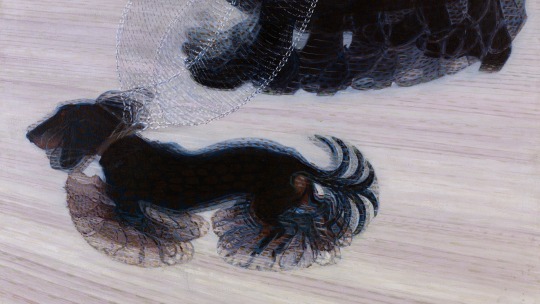
Balla Giacomo. Dynamism of a Dog on a Leash. 1912, oil on canvas, Collection Buffalo AKG Art Museum.
A distinguished gentleman
#dynamism#they skitter#thinking about how art is the most impactful way to truely convey that people have always been thinking stuff like how silly little dogs are#i love people they’re so silly
55K notes
·
View notes
Text

"SIMULATED LIGHT ARCHITECTURE" GYÖRGY KEPES | BOSTON HARBOR, 1966 [PHOTOGRAPHY: NISHAN BICHAJIAN]
#györgy kepes#gyorgy kepes#dynamism#abstract#black and white#monochrome#boston harbor#film photography#analog#nishan bichajian#modern art#60s#hungarian#photography#u
207 notes
·
View notes
Text
mwah, gifties for pookies @symphonysharmony
72 notes
·
View notes
Text
not all ships are For wanting them to be in a happy healthy relationship together. sometimes shipping two characters means you want them to be erotically obsessed with each other and become entwined in a mutually toxic love affair for a few months and then horrifically break each other's hearts and never speak again. sometimes you want them to be codependent best friends with enough repression to explode a submarine who only make out/have sex when they're at their worst. sometimes you want them to pine after each other for years, never say anything, and then die. sometimes you want them to kill each other. this, too, is shipping
42K notes
·
View notes
Text
Nothing hits like "romantic couple and a third guy who's not dating either of them but is definitely a part of this dynamic"
#trobed + annie; destiel + sam; jupeter + rita; everlark + haymitch; javey + katherine; etc#the saddest thing in fandom is seeing the emotional support random third guy stripped out of a ship dynamic#they need their bestie#anyways i guess i've been possessed by the spirit of making original posts tonight
33K notes
·
View notes